What’s in Bloom, What to Plant, See and Do this Month!
It’s January in our tropical garden, and here are the two things to know.
- The great pleasure of the tropical garden is that it blooms all year!
- The great challenge of the tropical garden is that it blooms all year!
Our south Florida environment gives us 12 months of beauty and variety, but there is no respite. Weeds grow all year and the bugs never quit!
It’s morning in early January, we are preparing for dinner guests tonight and we may well serve our meal outdoors overlooking the pool, garden and the pond beyond.
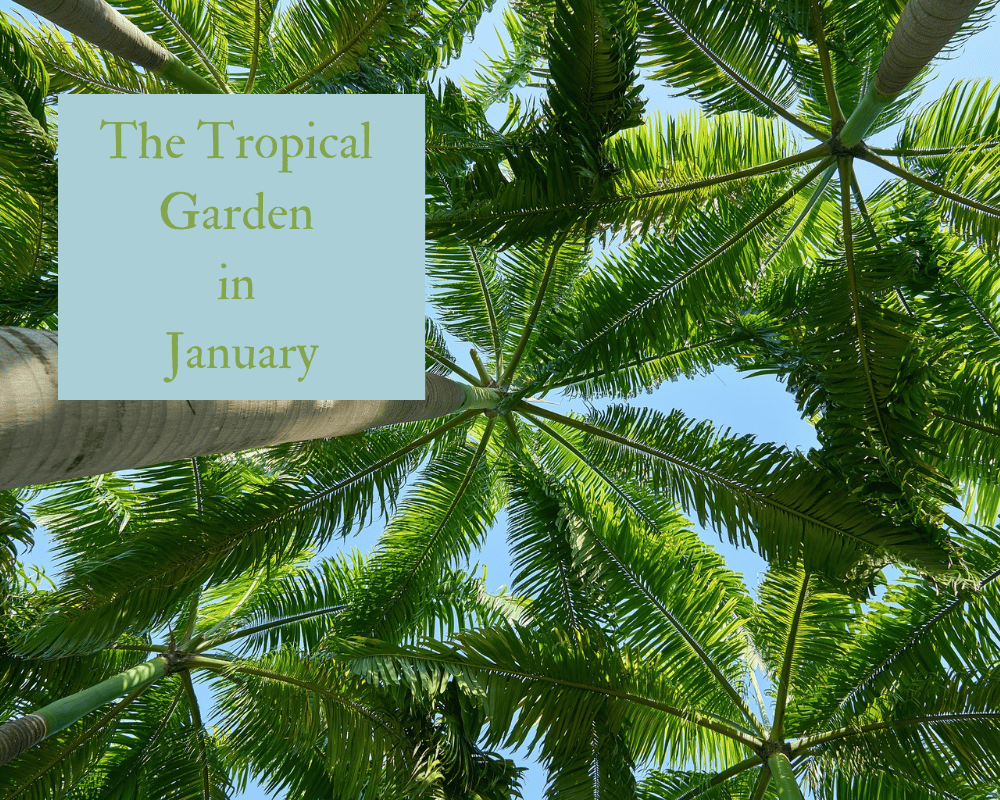
“If January could, he would be a summer month”
JT Bent (1852-1897) “The Cyclades”
James Theodore and Mabel Bent were 19th-century British adventure travelers. They wrote about Europe, Africa, Arabia, and the Eastern Mediterranean. Many of the artifacts they discovered can be seen in the Pitt Rivers Museum in Oxford, UK, where JT studied. They also returned with shells, insects, and plant material, today found in various museums, including the herbarium at Kew Gardens. They traveled all winter and spring in warmer places and then wrote at home in London during summer. We like to do the exact opposite.
(For a visit to Oxford try this link.)
It is clear, though, that they spent many of their winters in a Northern European climate! Theirs is the January that I (a New Englander) once knew but not today and not in this garden. January in our garden is a balmy spring day, and we revel in it.
Our Tropical January is a Pleasure
Flowers bloom, and the grass is only semi-dormant. For two people who love to go places, we don’t want to budge during our South Florida winter! (Also, the airports are a mess with everyone from everywhere in the world coming into our little, warm, coastal town.) In winter, the languages spoken on our small-town streets expand exponentially.
We’ll serve cocktails in the garden and watch the golden sun drop behind the pond. We can all contemplate the past and look forward to the new year.
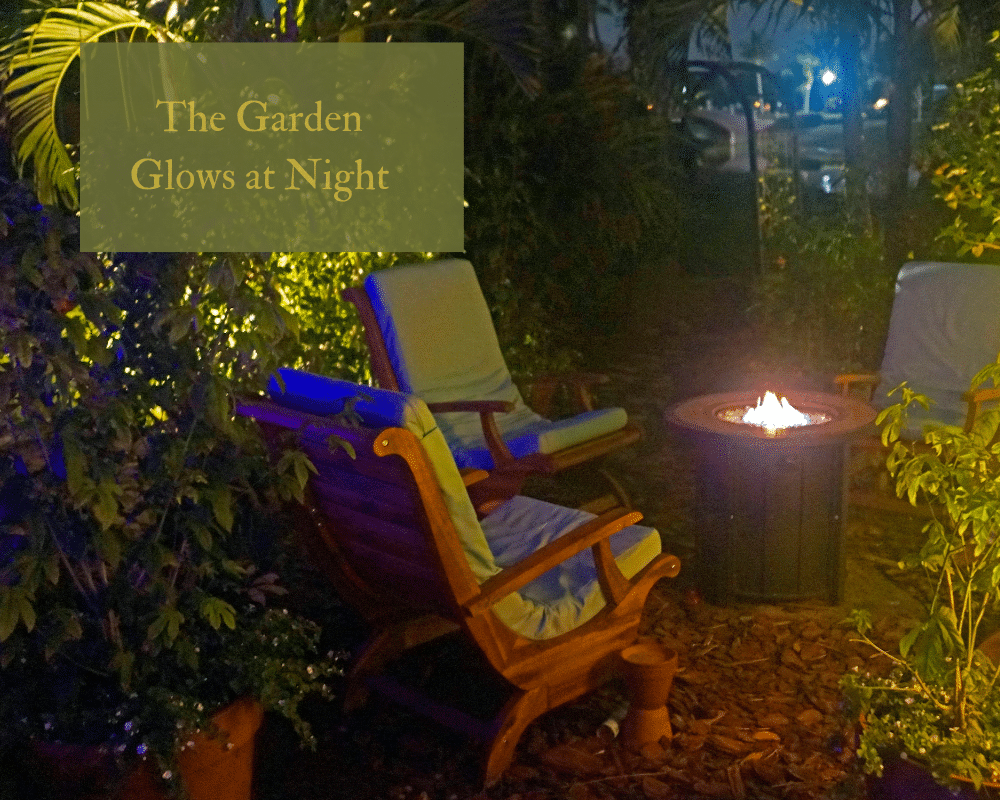
“Janus I am; oldest of potentates;
Forward I look, and backward and below
I count, as god of avenues and gates,
The years that through my portals come and go,
Henry Wadsworth Longfellow
What’s Ahead for all of us Gardeners and Travelers?
This is the month to put down the hoe and shovel at day’s end and contemplate the years in the garden and on the road. What have we done and seen, and what’s ahead for us all?
So, What are the Issues in January in the Tropical Garden?
- January is our Coldest Month
- January is one of our Driest Months
This month’s challenges in this garden are all about the possibility of a cold snap and the good/bad news that we are in “dry season” around here.
This little chart will show you the temperature ranges to expect as a South Florida gardener (or visitor) this month.
Averages for January
- High Temperature -75
- Low Temperature-55
- Water in Inches-1.95
Averages for June
- High Temperature-90
- Low Temperature-74
- Water in Inches-8.62
So, in the current month, we are most alert to cold damage to the tropical plants we love to surround ourselves with. South Florida is an edge climate-connecting two worlds and the wise gardener keeps this fact in mind.
In January-What’s in Bloom (and in Fruit)
This is Tropical Dogwood-Mussaenda philippica
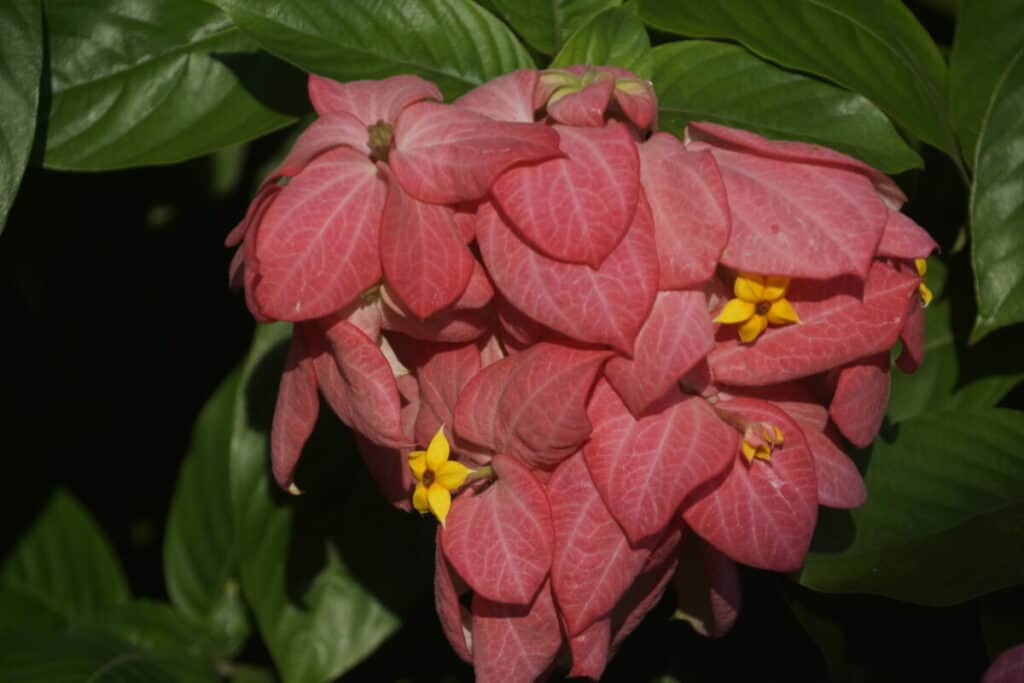
An evergreen flowering shrub native to the Philippines you can grow it in hardiness zones 9-11, where it can reach 8′ in height. In colder climates you can overwinter it indoors. You will find it in pink, red, rose, white and related shades.
Note that Mussaenda is one of those plants in which the flashy part is not the flower. You are looking at bracts, a modified leaf that encircles the tiny flower. Other good examples of beautiful bracts are pointsettia and bougainvillea. Just another example of the beautiful wackiness of the horticultural world!
We grow two colors, peach and creamy white. Each took a beating from horrible hurricane Ian and a recent cold snap did not help. Rather than the normal full and fluffy appearance they are tattered right now. So far they have always returned to prosperity in our garden, and we can be patient.
Learn to Plan for Hurricanes all Year Long
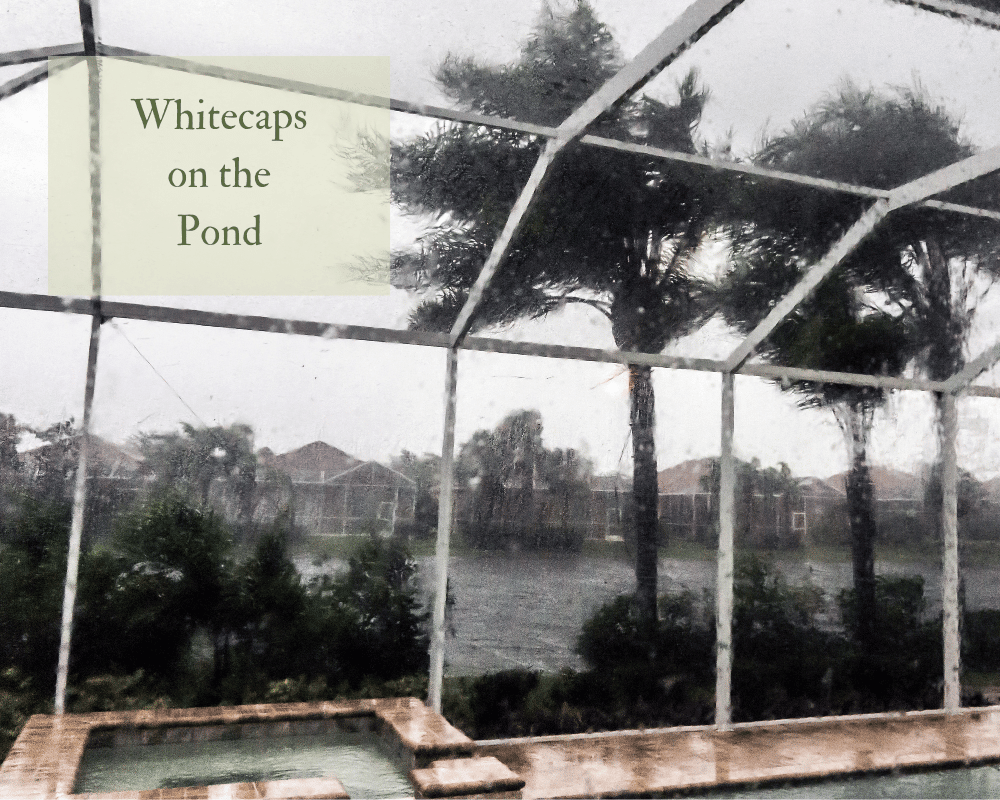
Use the button at the bottom of this page and sign up for my newsletter and download our best “12-month Hurricane Preparation Plan” if you like!
How did we figure this out? Good training and years of practice. We are a pair of Master Gardeners, volunteers working through our state University system to help neighboring gardeners. (You will likely have similar volunteers if you garden in most US states. Find them through your county extension service.)
Our Hurricane Prep Plan is everything we have learned as longtime Florida gardeners. Every planting or pruning decision is part of the plan. We hope it helps.
Temple Bells-Abutilon pictum
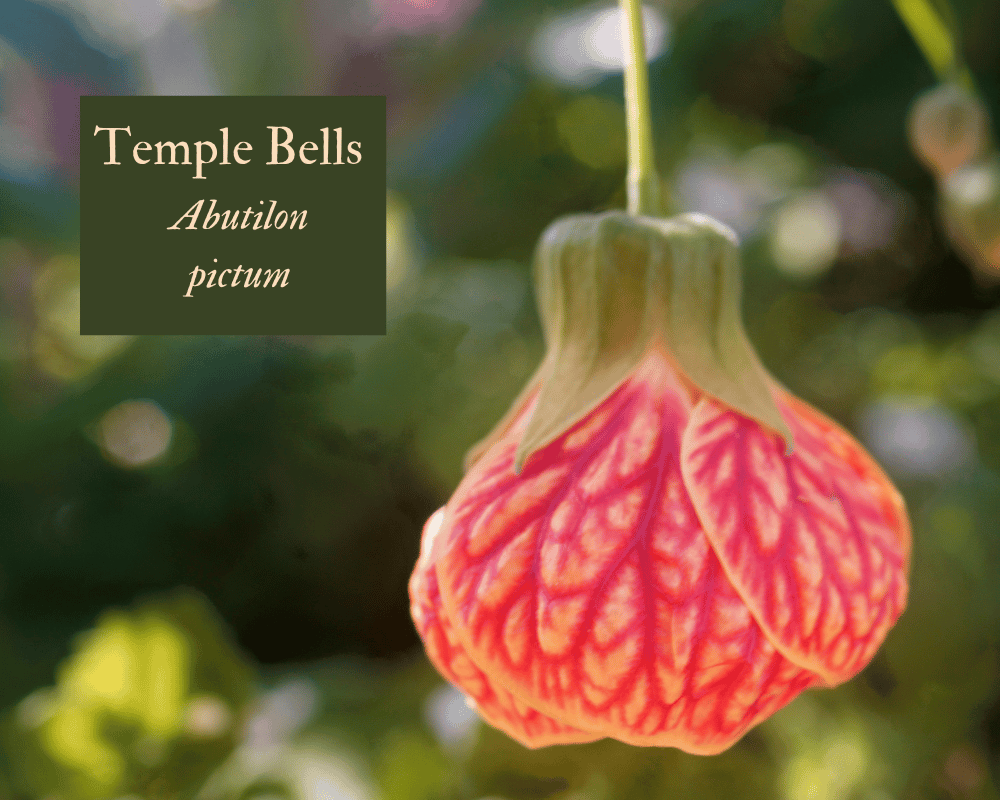
This shrub looks like someone has hung all of their dangling earrings in your garden. The common name is temple bells, which suggests an eastern origin. But as often happens with popular plant names, it’s not to be believed. They are native to southern Brazil, Argentina, Paraguay, and Uruguay.
Use these as a shrub (4-6′ high and 3-4′ wide)—an espalier or container plant in zones 9-11. In cooler climates you can bring them indoors for winter. Plant them in full or part sun in evenly moist, well-drained soil. Pruning is required to keep a reasonably bushy shape.
What edibles are Ripening Right Now?
Nagami Kumquat-Fortunella margarita
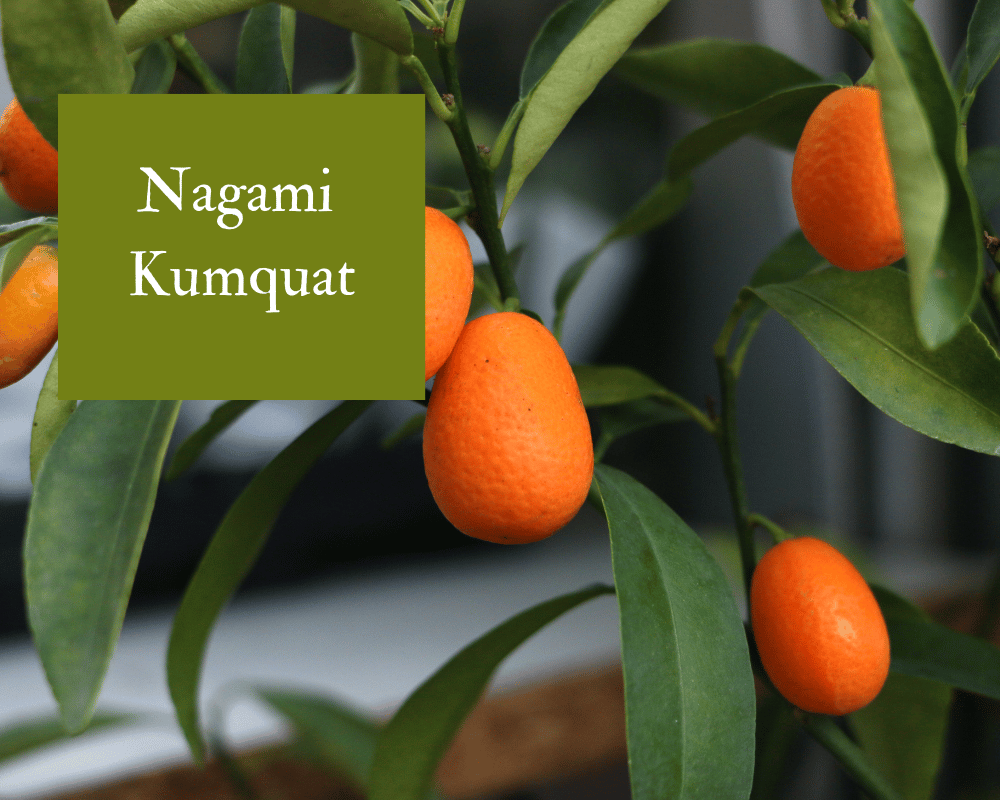
We are harvesting a little Kumquat tree near the pool. We bought it about a year ago, it bloomed last spring with tiny, scented blossoms, and in November, it began to produce its small oval fruit. The flavor is unique, sweet, and tart, with the sweet taste coming from the skin. They make excellent marmalade, add punch to a salad, and are a ready snack for the gardener. In addition, we can expect fruit from November to April. This variety, the oval one, is recommended for containers, and when you pick a fruit, the essential oils leave a flowery scent on your hands.
With our volunteer group, we operate a two-day garden show in the fall. Our vendors are farmers and growers from various parts of south and central Florida. The Kumquat and its newer neighbor, a Key Lime tree, came from our show. We have many good customers for the show, but we may be our own best customers!
Red Romaine Lettuce
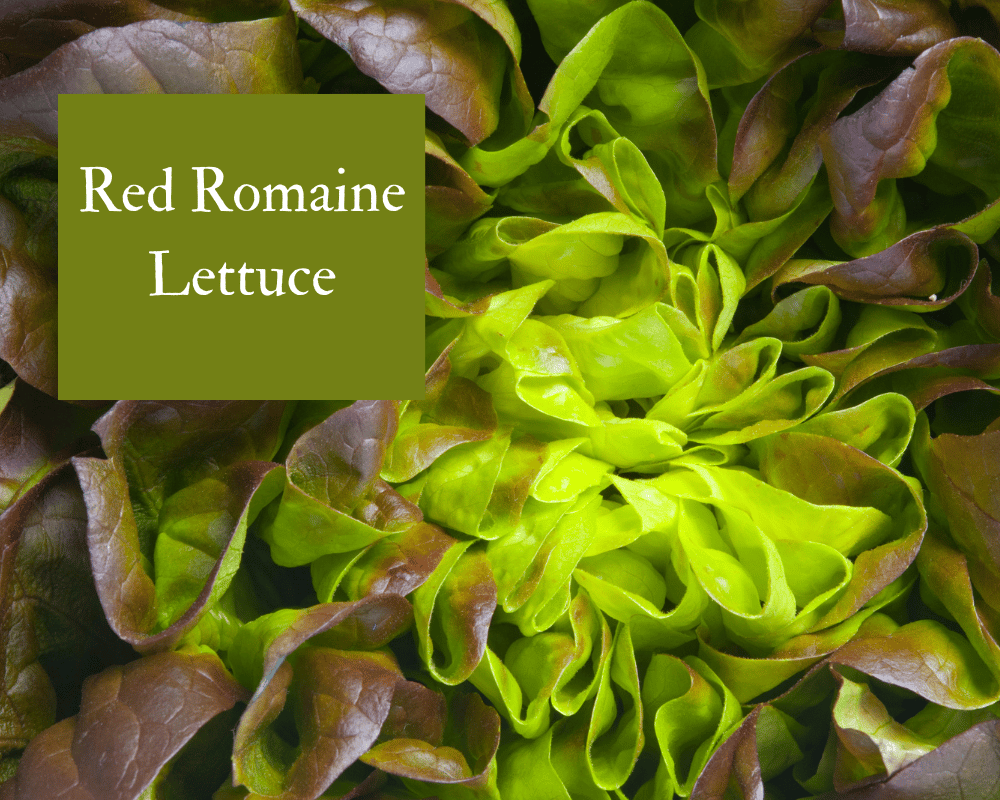
We planted several of these small, crunchy bronze-red heads of lettuce. We appreciate that they are slow growing, compact, and resistant to mosaic virus, and we are just starting to eat them. (Some gardener-cooks say that the heads are firm enough to grill.) Here, they are planted in pots or our elevated bed. Still, many gardeners use them in borders because they are so pretty. (We don’t, as our rabbits are already well-fed.)
Annual Blooms
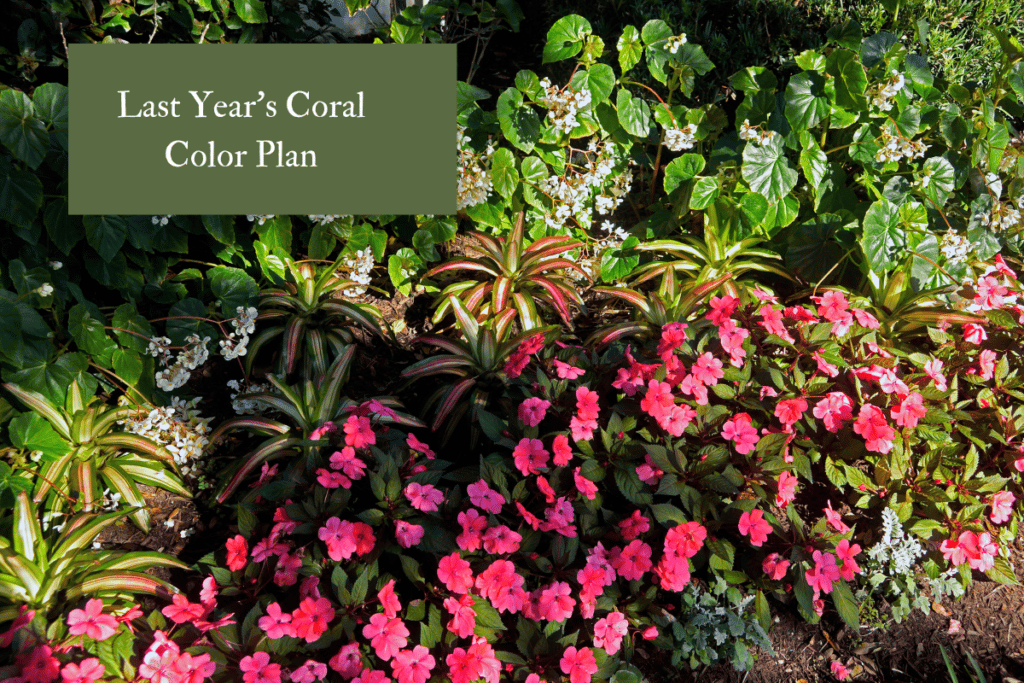
If you are a northern gardener your flower beds are resting, perhaps in the deep south, where we once gardened you have some cold hardy pansies in pots?
But, for us who dig in tropical soils, this is our version of your springtime. We started to exchange our tough summer annuals for blossoms familiar to you. Impatiens, dianthus, petunias, celosia and many more. In our coldest months, we love the pansies as you do but they will be gone by March and the others will last until summer.
Bromeliads
Bromeliads come in many varieties, colors, shapes, and sizes. The low Tres Colores provide a soft pastel in white, pink, and light green. You can use them indoors.
These are in Bloom in the Garden Today
We have a purple theme for annuals this winter; last year we worked with coral and pink with a striped pink, green and white bromeliad and coral sunpatiens. (Sunpatiens are a greenhouse invention, a variety of impatiens bred to accept more sun than natural impatiens. They are great garden brighteners from fall through spring, but they will rarely survive our summers.)
Here are this seasons purple elements. We have issues in this garden with rabbits and deer, and these are plants they do not eat! (This is a great season for petunias but in containers or hanging baskets, in the ground they would not survive the local Marsh Rabbits.
- Dianthus-‘Rockin Purple’ reaches 12-18″ in height, is hardy to 32 degrees F. (Who names these things?)
- Sun Patiens- ‘Compact Purple’ these will reach 16-14″ and are hardy to 40 degrees. The color is a deep magenta.
- Salvia pratensis var. Mystic Spires-these mature at 16-18′ tall, are hardy to 40 degrees and are a rich purple shade.
- Pansy ‘Delta Premium Yellow with Purple Wing.’ only 6-9″ high, they are cold hardy to 32 degrees.
It’s January-What to See this Month in South Florida
Many of our town’s 16 miles of beaches are reopened following hurricane Ian. You may find the sunbathing pleasant but the water this month a bit chilly. January is, however, a perfect month to go places and enjoy the local color.
See the Everglades
A good place to see genuine local color in the area of the Western Everglades is the Audubon Society “Corkscrew Swamp Sanctuary.”. You will walk a little over 2 miles along a raised wood walkway through Everglades environments, pine Flatwoods, wet prairie, and swampland. You will also see the largest old-growth bald cypress swamp in North America.
Morikami Museum and Japanese Garden
We will visit this popular attraction soon, as we have been given tickets as a Christmas Gift. The gardens, 16 acres, an art museum, and 200 acres of trails to visit are located in Delray Beach. We are on the southwest coast; Delray Beach is part of the east coast. The trip should take us a bit over 2 hours.
Fairchild Tropical Botanical Garden
Fairchild Tropical Botanical Garden Here is my guide to visiting the garden. You will walk through compelling tropical vistas and see strange plants that ought to be in a Grimms fairytale. Go to the butterfly house where tiny hitchhikers will ride on your shoulder while you understand science at work in the beautiful Coral Gables community.
In January-What to Plant Right Now
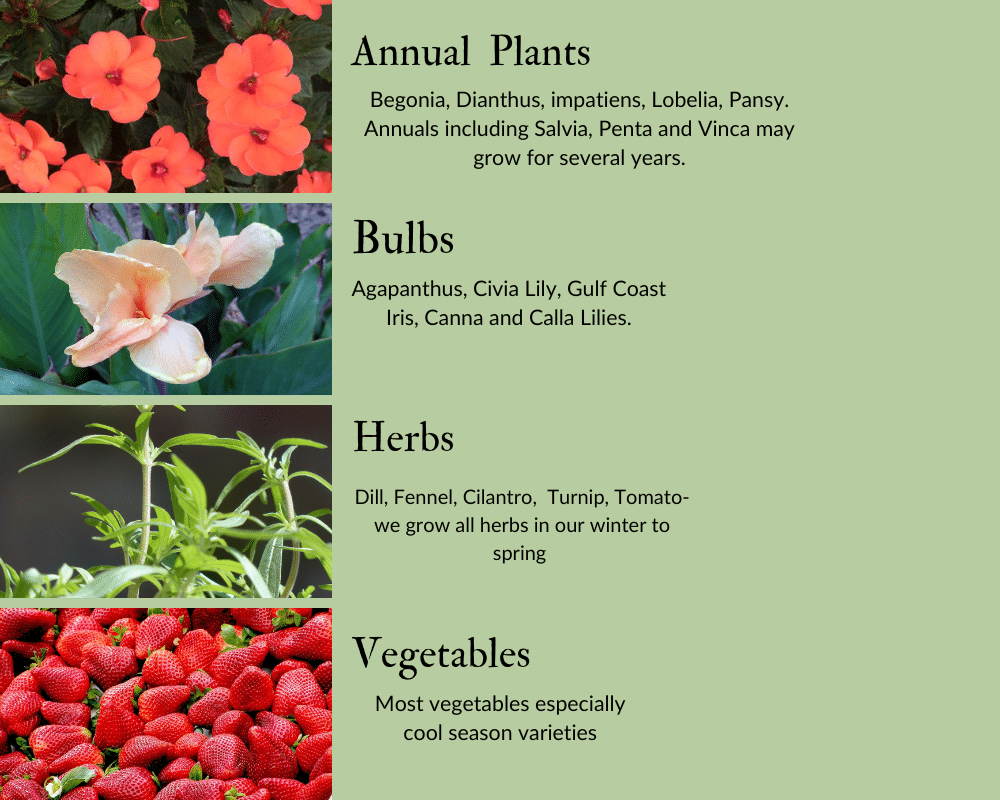
This January-What to Do in the Garden
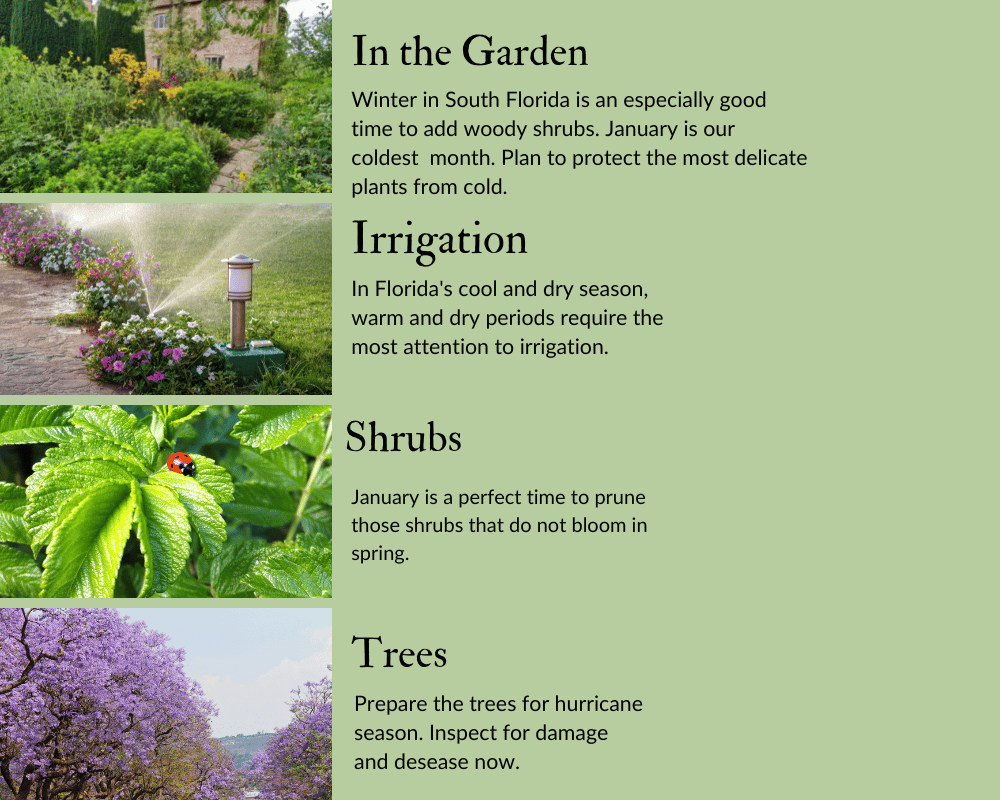
Good Books-What We are Reading this Month
“If you have a garden and a library
You have everything you need.”
-Marcus Tullius Cicero
This book can be a staple in your garden library. “The Gardeners Botanical” by Ross Bayton. It is a beautifully illustrated and comprehensive encyclopedia of the Latin names of plants. Including over 5000 entries and 350 botanical illustrations, it’s a fascinating read and a place to look up plants. Also, take notice of the section on how to use the book.
If you are interested in the travel writing of JT and Mabel Bent, here is a little piece I found. Their travel in the Greek islands in the 1880’s was different from our cruise ship ads! I suspect it was a little like camping in a leaky tent. Here is a little information.
It’s January-A Tool We Can’t Be Without

10,000 Years of Digging in the Garden
That’s about how long we think we humans have been using garden tools-at least, so they say.
I read that the Egyptians and Sumerians used hoes in their gardens thousands of years ago. By the time Thomas Jefferson worked in his garden, he was said to own 18 of them. Here is another view from a gardener. Have you thought of your garden hoe this way?
“My hoe as it bites the ground, revenges my wrongs.
And I have less lust to bite my enemies.
In smoothing the rough hillocks,
I smooth my temper.”
Ralph Waldo Emerson
Trained as a child to kneel on the ground and pull the weeds, I still like the “up close and personal” touch. I love the feel of the soil in this garden, once Florida sand and limestone, and now amended and improved. My fingers instantly know the state of the irrigation and the drainage. But the Sumerians may have had a point! If you can do it standing up, the work goes much faster.
Types of Tools for Hoeing and Weeding
Some lists will show finer distinctions, but you’ll recognize these.
- The Draw Hoe– the blade is at right angles to the handle, you chop it into the ground, then pull it back. We think this one has been around since Roman times. It lets you dig deeply.
- The Ridging Hoe is a triangular or heart shaped version of the one above. The point helps you dig narrow trenches for planting.
- The Push-Pull Hoe-you will find choices of these. Today, I used one shaped like the wide oval stirrup that a real cowboy puts his boots into. (Not being a real cowboy, an East Coaster, I grew up with my little boots in the narrow stirrup of my pony’s saddle.)
The cowboy hoe is a beneficial product. You can move the stirrup back and forth, reaching close to the plants and cutting out the weeds. It works gently in your soil. Not as delicate and thorough as my fingers, it is a lot faster and easier.
- There is a pointed version of the push-pull stirrup. This one empowers you to dig through the soil to reach deeper rooted weeds.
In January-Cooking Fresh from the Garden
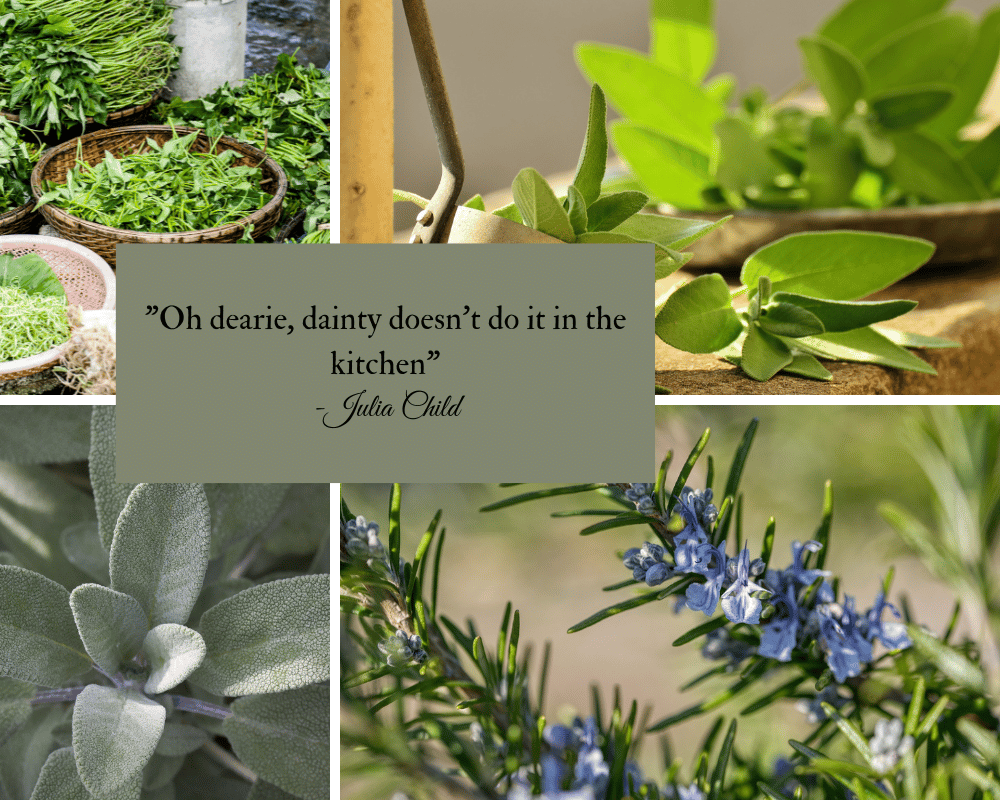
In our cooler winter months, we eat locally sourced food; nothing is more local than the backyard garden. Unfortunately, our space is too tiny and regulated (by an HOA) for a full vegetable garden, but we cook with:
- Fresh herbs every day
- Fresh lettuce, peppers, eggplant, and tomatoes will be available soon.
I made Tuscan White Bean salad with fresh herbs; try basil, oregano, thyme, or rosemary and sage. Steaks on the grill have herb butter, and cocktails benefit from herbed, simple syrup. Click the links for the recipes.
“My List of Culinary Herbs for the Garden”
Florida is not just for winter vacations; it feeds us all winter. For example, we are a major source of strawberries and Florida strawberries are in all of our markets. For a taste of old Florida country life, visit our famous Florida Strawberry Festival– pure Americana!
- Florida ranks 4th of all states for vegetable production
- First in sugarcane
- Second in floriculture
- First for the value of sod produced
Source: USDAhttps://www.usda.gov/media/blog/2019/10/15/agriculture-sunshine-state
Latin for Gardeners-A Little Help
Why do you want to bother with this? Here’s my story. When I was a kid, my mom brightened her New England summer garden with some “Busy Lizzies.” In our tropical winters, I do the same, by planting “Impatiens.” Here’s the confusion, they are both the same darned plant! To make it worse, my mom and her pals also called them “Patient Lucies”-patient or impatient?
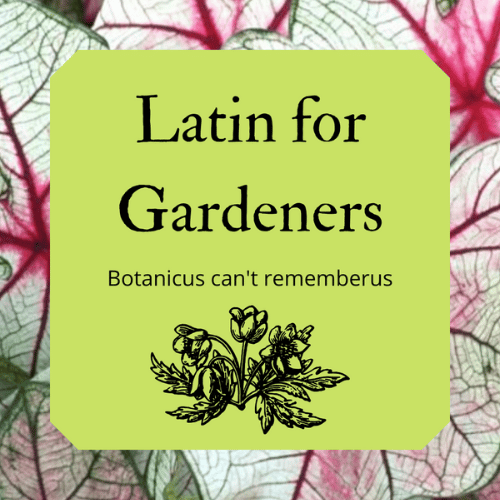
How does this help me figure out the growing conditions for the plant-sun or shade-wet or dry?
It doesn’t!
But if I know the binomial nomenclature I can look up any plant I want to. Here is how it works.
The flower’s real name is Impatiens walleriana. Impatiens is the genus, it’s general. Walleriana is the species, it’s specific. So the purple annuals blooms I put in my garden and referred to above, are Impatiens walleriana-Sunpatiens “compact purple.”
With this information< I can call the garden center and ask for the right plant. The genus and species are in italics (or underlined) the Genus is capitalized the species is not. Written in regular text and not underlined are the man-made cultivars. A cultivar is a variety created in a greenhouse and it is written in regular text. Sunpatiens, is a cross of two kinds of impatiens to create a more sun-friendly plant and “compact purple” the exact plant I want to buy. I don’t want to get to the garden center and see the right plant but in “electric orange.”
As Impatiens is a genus of 1000 species, it pays to get the name right. The species walleriana is named for the man who found them in Africa, Horace Wallace, a 19th-century British Churchman. His story is unforgettable. He traveled the long, arduous trip with David Livingstone to find the source of the Nile river. They did this because they believed that by doing this difficult task, they could bring about the end of the global slave trade.
Will you ever look at this flower without thinking of that fact?
If you would like more information to identify your plants, use this link. Latin for Gardeners
From January-the Heart of Winter-Onward to Groundhog Day
“All we need really, is a change from a near frigid,
to a tropical attitude of mind.”
-Marjorie Stoneman Douglas
Author of the environmental classic, “River of Grass” (1947), Marjory Stoneman Douglas, was a rare grandmother of our ecological consciousness. She researched the book at a time when we had little understanding of the importance of the Everglades and even less interest.
Then her first printing sold out in 30 days!
Her work galvanized public interest in an invaluable global asset at a time when we saw Florida’s “swamp” as a useless space.
We are still learning, but she changed our thinking about unappreciated resources. She became a leader in preserving the real Florida, changed a lot of the way we use our land- and the rest is history. Not bad for a Society Columnist!
2023-January Matures and we prepare for February
January is mid-winter. For our garden, it is the last month in which we can plant any vegetable we want and expect a good crop.
January is the Last Month to Plant these Vegetables
January is our last month in 2023 to plant these vegetables: Irish potatoes, beets, broccoli, brussels sprouts, cabbage, cauliflower, collards, kale, mustard and turnups.
If you want them, this is your chance.
Here is my source, you might like to use it too.
Next month, in February the list gets a little shorter.
Beyond the garden, entertainment and social life are fruitful around here. Our recent devastating hurricane damage is being cleaned up. I read that local authorities have found all the drowned and buried cars and boats. (They drag them, daily, out of the mangrove swamps at water’s edge.) The beaches are open and we look forward to outdoor meals and concerts.
Days remain dry and sunny, perfect for the beach and the garden and our chance for cold damage to young plants and our tropical foliage declines.
Please download my all-year hurricane preparation worksheet (it works in any climate) and join my newsletter. Thank you, February will be here soon.
“If I had my way, I would remove January from the calendar
altogether and have another July instead”
-Roald Dahl
And so we did down here in the tropical garden this month.
